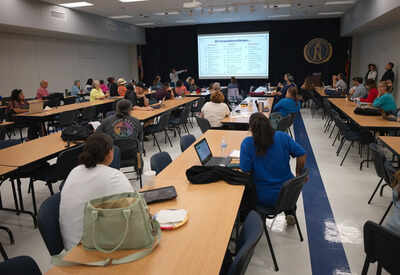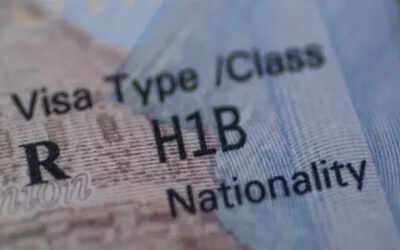Explained: Who qualifies for Donald Trump’s student loan forgiveness plans

Millions of student loan borrowers in the United States may finally see “the light at the end of the tunnel,” American Federation of Teachers (AFT) President Randi Weingarten said in a statement, after the Trump administration agreed to reinstate forgiveness plans that had previously been partially blocked following legal disputes. For borrowers navigating income-driven repayment programmes and long-standing debt obligations, the development offers a pathway towards relief that has been years in the making.
A legal pivot: Restoring access to cancelled debt
The Trump administration reached an agreement with AFT to approve debt cancellation for borrowers who consistently make their regular payments. Under the agreement, the Department of Education will begin cancelling student loans for individuals enrolled in income-driven repayment plans, according to a joint status report filed on Friday.“This is a tremendous win for borrowers. With today’s filing, borrowers can rest a little easier,” said Winston Berkman-Breen, legal director for Protect Borrowers, which acted as counsel for the teachers’ union.The AFT, representing roughly 1.8 million members, had filed a lawsuit in March, accusing Trump officials of blocking federal student loan holders from accessing repayment and forgiveness programmes that were in effect at the time they first borrowed. Earlier this year, the White House had paused student loan forgiveness under certain income-driven repayment programmes, which calculate a borrower’s monthly payments based on their salary.After fulfilling a specified number of qualifying payments on an income-driven repayment plan, borrowers typically have the remaining balance of their loans forgiven. The Trump administration, led by Education Secretary Linda McMahon, argued that it could block the programmes because of a court order pausing the Biden-era Saving on a Valuable Education plan, another income-driven repayment programme.The temporary blocks had left borrowers with only one repayment plan option that provided loan cancellation — the Income-Based Repayment plan. After months of litigation, however, the administration pivoted and allowed the return of the paused programmes under the Friday agreement.“For nearly a decade, the AFT has fought for the rights of student loan borrowers to be freed from the shackles of unjust debt, and today, a significant part of that fight has been vindicated,” AFT President Randi Weingarten said. “Our agreement ensures that borrowers stuck in limbo can either receive immediate relief or finally see the light at the end of the tunnel.”
Who qualifies for student loan forgiveness?
The agreement covers borrowers enrolled in income-based repayment, income-contingent repayment, pay-as-you-earn repayment plans, and the Public Service Loan Forgiveness programme, the AFT confirmed. Eligibility requires making the minimum number of payments required under each respective plan before debt cancellation can occur.The administration has also agreed to provide refunds to borrowers who made additional payments beyond their eligibility date for cancellation. Furthermore, applications for buyback under income-driven repayment and Public Service Loan Forgiveness, including from borrowers without partial financial hardship, will now be processed, reversing previous restrictions.To verify participation in an eligible repayment plan, borrowers can log in to their federal loan account on StudentAid.gov, select “My Aid” or “View Details,” and review the breakdown of their loans and repayment plans.
Will forgiven debt be taxed?
Borrowers who qualify for forgiveness this year will not owe federal taxes on the cancelled amount, the Trump administration confirmed. The agreement also addresses potential tax penalties for borrowers whose debt might otherwise have been forgiven in subsequent years due to administrative delays.Under current tax law, loans discharged in 2026 and beyond would normally be considered taxable income. The new agreement stipulates that the Department of Education will recognise the original date a borrower becomes eligible for cancellation under an income-driven repayment plan, rather than the date the government processes it. As a result, borrowers eligible on or before 31 December, 2025 will avoid unexpected tax bills caused by court or government processing delays.The deal also addresses a so-called “tax bomb” stemming from changes in federal law that would otherwise treat cancelled debt as income beginning in 2026.
When will the forgiveness plans take effect?
The joint agreement is pending court approval before it can become legally binding. Once approved, the administration will be required to submit six monthly reports detailing the status of income-driven repayment and Public Service Loan Forgiveness applications, as well as loan cancellation processing.Although the exact timeline for court approval is uncertain, the agreement has the potential to deliver relief to borrowers across the country who have remained enrolled in student loan programmes for decades, offering a measure of certainty after years of legal and administrative uncertainty.






